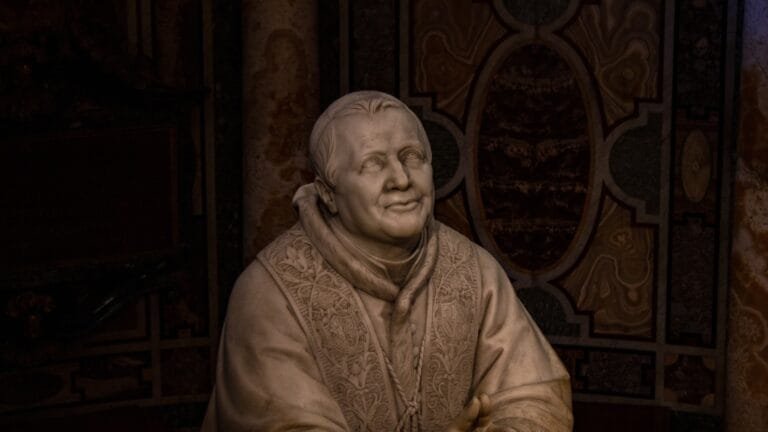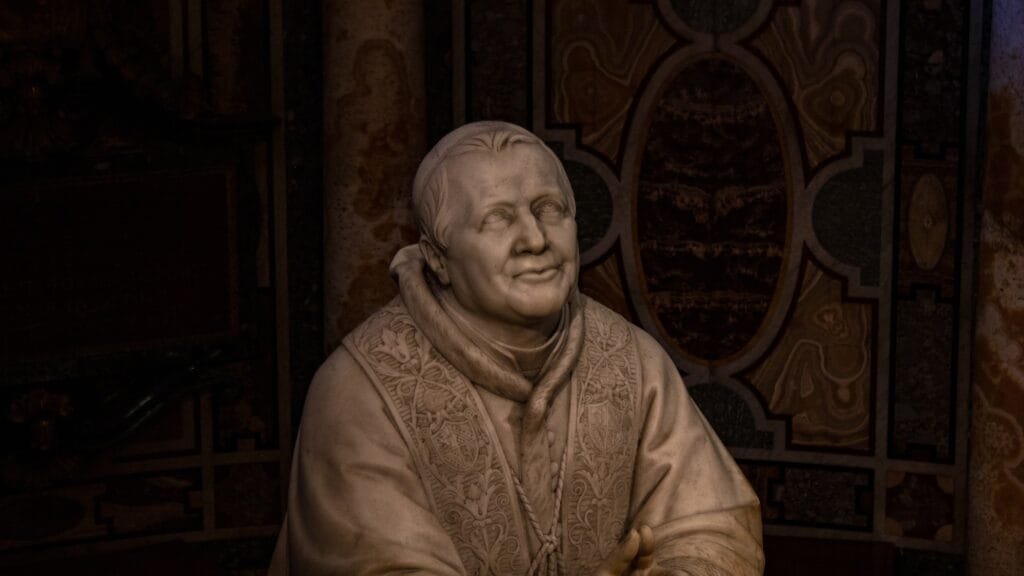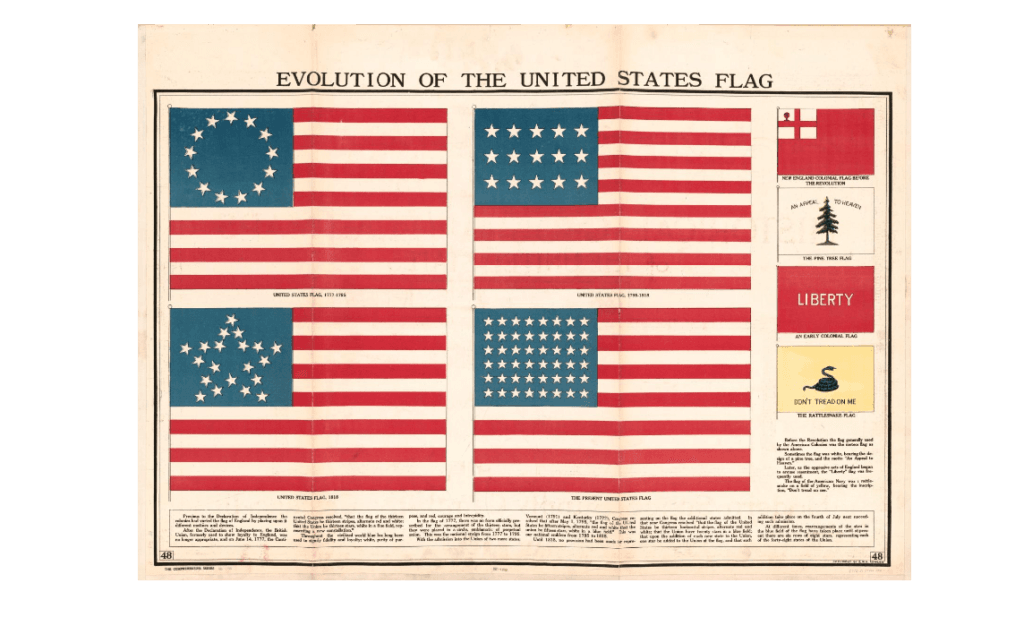In a recent declaration, Italian Culture Minister Gennaro Sangiuliano announced the cessation of art loans to the Minneapolis Institute of Art amid efforts to repatriate the Stabia Doryphoros, an ancient Roman statue illegally excavated and currently housed in the United States. This move underscores Italy’s intensified campaign to recover cultural artifacts, which has successfully seen the return of 400 items, primarily from the USA and Great Britain, thanks to the collaborative efforts of the Carabinieri police and the Italian judiciary.
Background and Context
The focal point of this dispute, the Stabia Doryphoros, is a Roman copy of the classical Greek sculpture Doryphoros, known as the spear-bearer. Illegally unearthed in the 1970s near Naples, this artifact was subsequently sold and made its way to the Minneapolis Institute of Art in 1986. Despite the issuance of an international warrant and repeated appeals from the Italian culture ministry for its return, the statue remains in the United States. Sangiuliano’s recent statements during a visit to Castellammare di Stabia highlight the ongoing efforts and the broader strategy of withholding art loans to institutions embroiled in disputes with Italy over cultural heritage.
Implications for International Art Loans
The decision to suspend art exchanges with the Minneapolis museum represents a significant shift in how Italy engages with international institutions concerning cultural heritage disputes. This stance not only affects the Minneapolis Institute of Art but also sends a clear message to other museums worldwide about the consequences of holding onto artifacts with contentious provenance. Italy’s proactive approach, which has led to the repatriation of numerous artifacts, exemplifies a growing trend among countries seeking to reclaim cultural and historical assets.
Cultural Heritage and Legal Challenges
Recovering illegally exported artifacts presents a complex challenge involving legal, diplomatic, and ethical considerations. Italy’s use of international warrants and negotiations underscores the legal avenues countries can pursue. However, these efforts often require extensive collaboration between law enforcement, legal experts, and cultural institutions. The case of the Stabia Doryphoros not only highlights the difficulties in repatriating cultural heritage but also the importance of international cooperation in addressing these issues.
As the standoff over the Stabia Doryphoros continues, the broader implications for cultural heritage repatriation and international art loans remain at the forefront of discussions in both the art world and among policymakers. Italy’s assertive posture in this and similar cases may encourage other nations to adopt more stringent measures to protect and recover their cultural legacies. While the immediate focus is on the return of a single statue, the enduring impact of these efforts could redefine the landscape of cultural heritage preservation and international collaboration for years to come.













